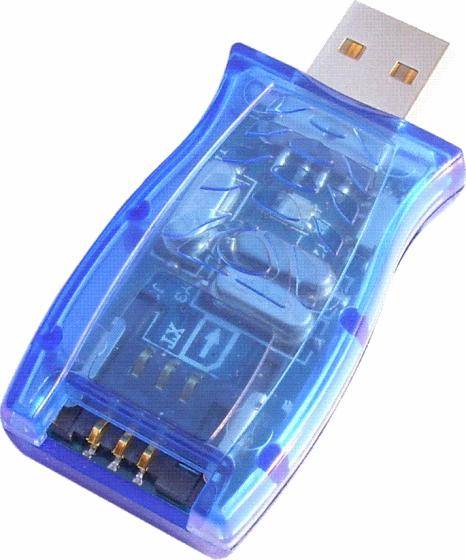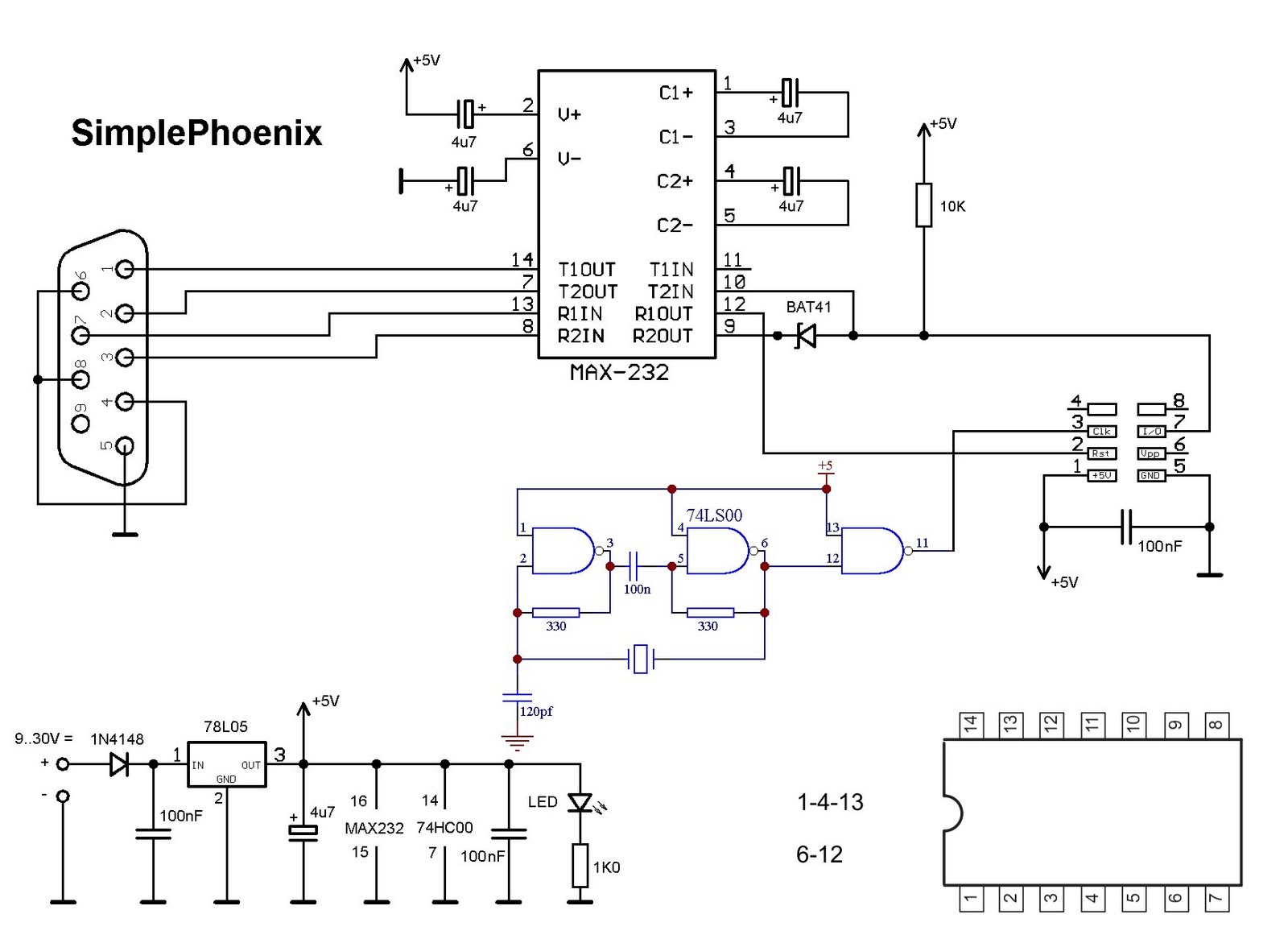
Unlock Your Front Door Without Keys Using This DIY Keyfob Entry System Snooper-proof your RFID chip loaded walletĪre Your Gadgets Safe from Solar Storms and Nuclear Attacks? Make your own RFID and text to speech modulesĮxtract an RFID chip from a card & make it wearable Hack RFID enabled credit card & steal money for cheap
Diy sim card reader how to#
TAP Card Dissolved! How to Use Acetone to Transfer an RFID Tag to Your Phone You could just wrap all your stuff in aluminum foil, but if you want to be a little more stylish about it you can buy wallets with RFID protection or even make your own.ĭitch Your Doorbell for This Front Door RFID Lock That Lets Whoever You Want In (Whenever You Want) You can block signals from being transmitted to and from RFID chips with metal, and almost any kind will work. It's worth noting that because of how pervasive RFID is, these steps alone won't completely shield you all of the time, but it certainly can't hurt to protect yourself where you can. There are ways of blocking signals and disabling the chips, and you can build a device to detect RFID readers with relatively simple parts, or experiment with making a custom chip yourself.

The good news is there are a few things you can do about it.
Diy sim card reader trial#
Hence the value of trial and error.That said, chances are that T-shirt you bought online last week isn't keeping track of what stores you visit and transmitting the information back so that marketers can target ads to you, but the fact that it's even possible is absolutely terrifying. The expected variation in the coil, capacitors and my measuring devices don't allow me any additional certainty. So which is it? I'll never know "exactly" for sure but my final combination of parts gave me the most range. I tried different capacitor combinations and wound up with 5200 uF as the best value to get the best range out the detector. I had a cheap inductance reader and compared my wound coil to similar inductors I had and decided that my coil might be around 330 uH. Using 125 kHz in the formula and solving for L*C (L times C), I got a L*C product equal to 1622784. I went online to a "coil calculator" and found that about 40 turns on a 4 inch diameter form would give about 300 uH. However, the calculations I actually did resulted in correct values. Anyhow, the correct formula for step 1 is frequency equals 1000000/(2*pi*sqrt(L*C)) NOT frequency equals 1000/(2*pi*sqrt(L*C)). I surprised that no one has complained about this. Well, I reviewed my work here on your behalf and found some embarrassing errors on my part. This is why a breadboard and some extra capacitors might be helpful for matching the coil that you wind. 005 uF in parallel with the coil and LED but the breadboard along with a few extra capacitors allowed me to make the detector reach up to five inches rather than just four inches. My detector would have worked if I had simply wired up a capacitance of.

So with my coil, it looked like 5200 pf of capacitance was best for the coil that I had (see 3rd Try schematic). But adding a third 100 pf capacitor decreased the range. And then I found that adding even another 100 pf capacitor (total of two 100 pF capacitors) in parallel with everything caused a further improvement in range.

I then add a 100 pF (.0001 uF) capacitor in parallel to the circuit.This further increased the range. The LED glowed very brightly when I held the coil about one-half inch from the reader.

005 uF (5000 pF), I powered up my little RFID reader and when I moved the coil within 4 inches of the reader, the LED started to glow.
Diy sim card reader series#
01 uF capacitors hooked up in series and then hooked in parallel with the LED (to give a net capacitance of. No batteries required as this Detector gets its power wirelessly from the RFID reader (heh-heh)Īfter breadboarding the coil, LED and two. Some kind of circuit board for neatness but simple direct wiring could be usedĪccess to an RFID reader to allow testing of detector Radio Shack type of breadboard or "prototype board" - (allows trial and error) Two to five 100 pF disc capacitors - Radio ShackĪny kind of form or holder that allows one to wind a four inch diameter coil 01 uF disk capacitors hooked up in series- Radio Shack One common LED - I liked the red LED - Radio Shack To calculate values, pick the needed formula, substitute your values and carefully use a calculator.Ībout 40 feet of thin wire, 22 to 30 gage - I used 30 gage - Radio Shack This means that my reader detector would have to have a different antenna and capacitor combination to work. But 125 kHz readers are a RFID industry standard that happens to be the frequency used by the reader that I built. The author of the Instructable for the RFID Detector that I read about said that his Detector only worked at the frequency of 13.56 mHz (short wave) but would not work for a Detector that operates at 1.25 kHz (long wave, below the AM broadcast band).


 0 kommentar(er)
0 kommentar(er)
